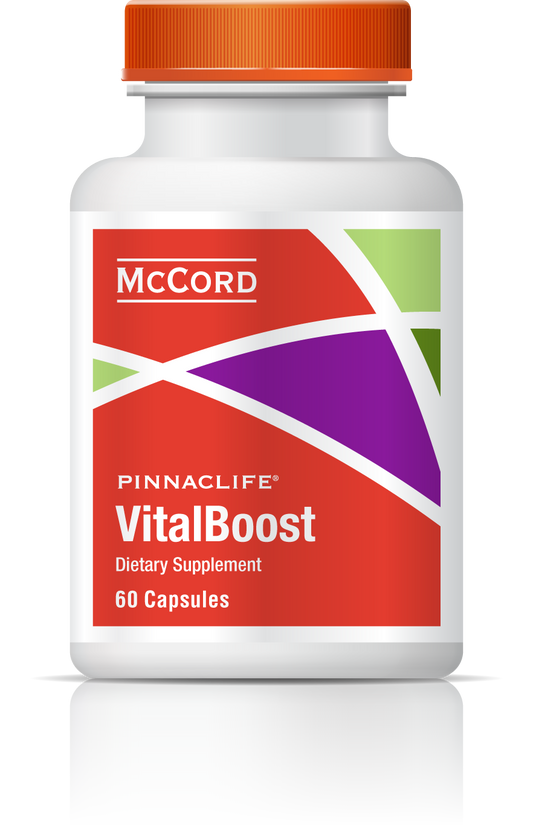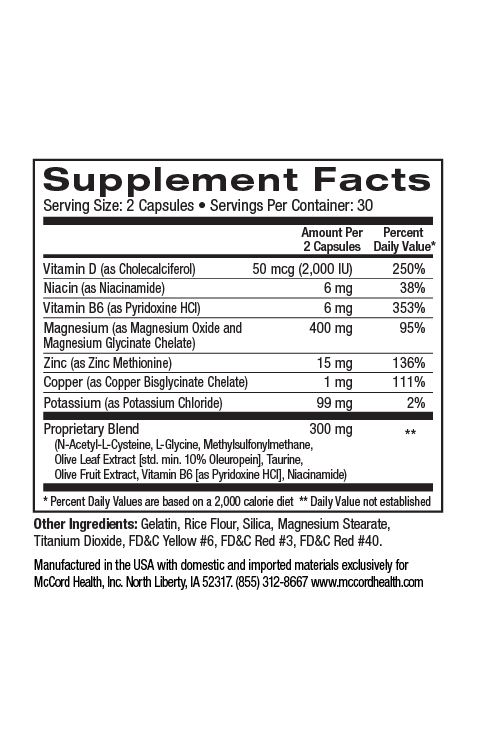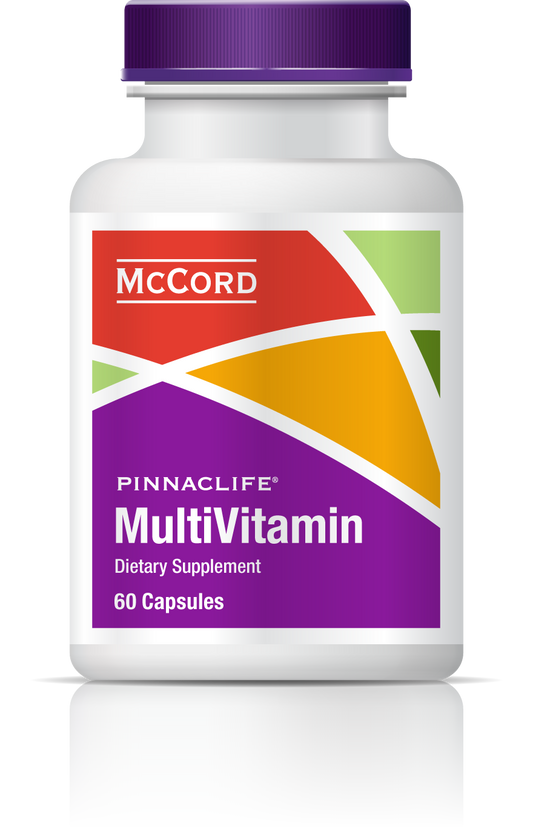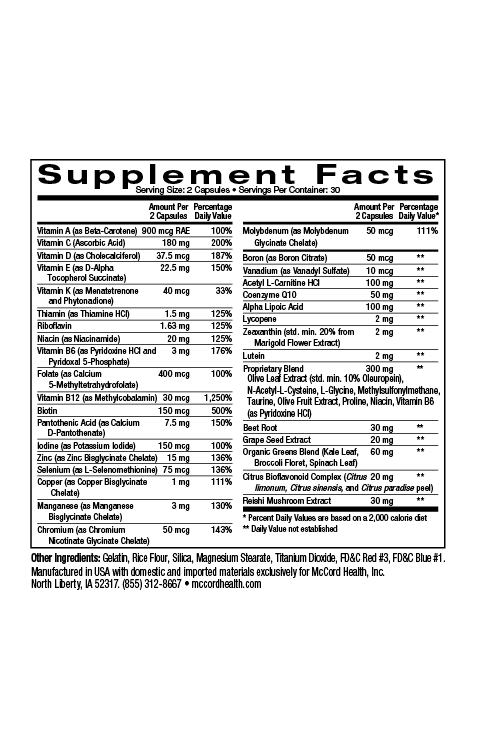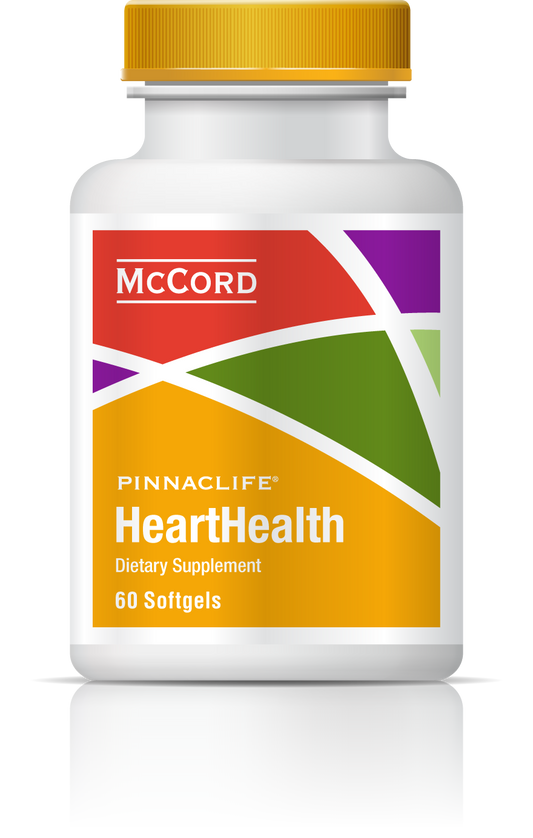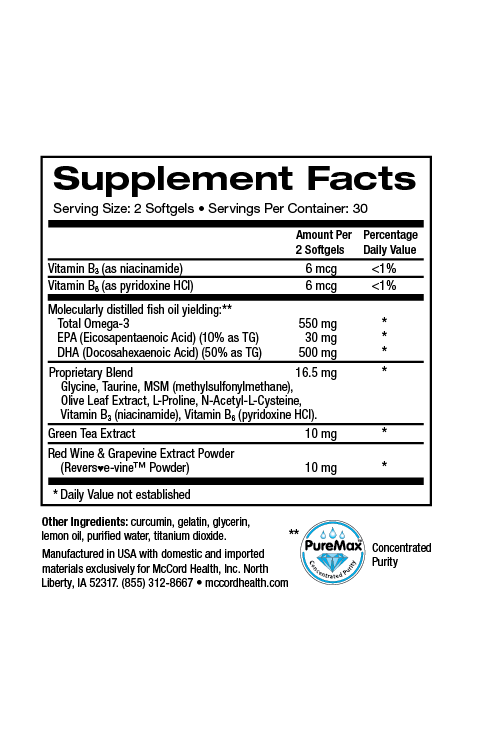The average age of our population is still rising. Because individuals are living longer, the need for optimal care of aging skin is increasingly recognized. Aging results in visible consequences that become obvious with time including wrinkling and sagging skin. Aging skin is generally more fragile and can also be associated with undesirable skin issues including fragile skin bruising (senile purpura), skin tears, xerosis (abnormally dry skin), and pruritus (itching) that can have a significant impact on an individual’s quality of life. In addition, vascular changes in the skin, such as thinning capillaries and slowing microcirculation is evident in aging skin.
Slowing microcirculation that occurs with aging, results in a decrease in nutrients accessing the skin from the blood. Viniferamine® skin and wound care products include potent small molecule ingredients that can penetrate skin to provide nutrition. The beneficial small molecule nutrients contained in Viniferamine® products include antioxidants, amino acids and vitamins that help hydrate and strengthen fragile skin. Many of the nutrients are also anti-inflammatory and help decrease pruritus.
Two types of skin aging exist, intrinsic and extrinsic aging that typically overlap. Intrinsic aging occurs naturally and is affected by intrinsic factors such as individual genetics and changes in cell signaling, whereas extrinsic aging occurs due to environmental stressors such as UV radiation (UVR), pollution or smoking. Skin that is extrinsically aged by UVR (photoaged) is “leathery” in appearance with decreased elasticity, deep wrinkles, uneven pigmentation and rough texture. Intrinsically aged skin is transparent and characterized by fine wrinkles. Typical intrinsically aged skin also has decreased subcutaneous fat tissue that normally cushions skin and blood vessels. Intrinsic and extrinsic aging are both characterized by drier, thinner skin with spots.
Evidence indicates that aging is associated with damage from free radicals known as reactive oxygen species (ROS). ROS are continuously produced as side products of metabolism in the mitochondria, and keratinocytes and fibroblasts in the skin are the main producers of mitochondrial ROS. During skin aging the effectiveness of the skin’s natural antioxidant system is diminished. Oxidative stress occurs when antioxidants and the skin’s natural antioxidant defense enzymes like manganese superoxide dismutase (MnSOD) are overwhelmed, resulting in DNA, protein, and overall cellular damage, as well as inflammation.
Many of the small molecule ingredients found in Viniferamine® skin and wound care products have potent anti-inflammatory activities that help decrease skin inflammation, including the polyphenols oleuropein, resveratrol, and epigallocatechin-3-gallate (EGCG) from olives, grapes, and green tea, respectively, as well as the important small molecules, melatonin, and L-glutathione. In addition, dipotassium glycyrrhizate from licorice, avenanthramides in oats, aloe vera and shea butter possess anti-inflammatory activities. Various ingredients also counteract oxidative stress including oleuropein, resveratrol, and EGCG, as well as melatonin, and L-glutathione. In fact, in a model where MnSOD was deactivated, oleuropein induced MnSOD activity; EGCG has been found to induce MnSOD expression, and resveratrol and melatonin have been shown to upregulate MnSOD activity.
Another important process associated with aging is cellular senescence or the loss of a cell’s capability for replication. Oxidative stress is an important cause of cellular senescence. Senescent keratinocytes and fibroblasts accumulate in the skin with age and express specific degradative enzymes, known as matrix metalloproteinases (MMPs), as well as growth factors and inflammatory cytokines. Increased expression of MMPs during aging can decrease the amount of collagen in the skin and reduce mechanical tension resulting in skin wrinkling. Extrinsic factors including X-rays, UVR and cigarette smoke can also induce cellular senescence and age-related changes in the skin.
Shea butter included in Viniferamine® Renewal Moisturizer and the gentle cleanser, Clean N Moist, protects dermal collagen. In fact, the bioactive form of shea butter found in Viniferamine® skin care products does more than help reduce visible changes in skin, it improves the structural integrity of the skin for lasting protection against the effects of environmental aggression and skin aging, and the resulting loss of skin elasticity and firmness. Another important ingredient found in Viniferamine® Renewal Moisturizer and Clean N Moist is aloe vera, which increases the collagen content in skin. Furthermore, shea butter and aloe vera are both moisturizing and anti-inflammatory.
It’s good to know that Viniferamine® skin care products are designed for the optimal care of fragile and sensitive skin. Viniferamine® Renewal Moisturizer and Clean N Moist are non-sensitizing and non-irritating, and can help moisturize, strengthen and protect aging skin. Renewal Moisturizer and Clean N Moist provide many beneficial nutrients, including antioxidants, to aging skin typically suffering from oxidative stress and decreased nutrition resulting from slowing microcirculation. In addition, Renewal Moisturizer and Clean N Moist help provide protection against inflammation and pruritus that is associated with aging.
About the author: Nancy Ray, PhD is the Science Officer at McCord Research. Dr. Ray received her PhD in Biochemistry and Biophysics and was a postdoctoral fellow at NIH, Harvard University and Dana-Farber Cancer Institute, and the University of Iowa. She also earned bachelor of science degrees in Chemistry and Microbiology.
References
- Ageing Res Rev 2015; 21: 16-29.
- Adv Wound Care 2013; 2: 5-10.
- Rom J Morphol Embryol 2013; 54: 797-804.
- Microvasc Res 2015; 100: 25-31.
- Adv Aging Res 2014; 3: 265-284.
- Int J Mol Sci 2014; 15: 18508-18524.
- Diab Vasc Dis Res 2014; 11: 92-102.
- Oxid Med Cell Longev 2012; ID 560682:1-8.
- J Pineal Res 2013; 55: 325-356.
- Int J Gen Med 2011; 4: 105-113.
- Evid Based Complement Altern Med 2012; ID 650514:1-9.
- Cell J 2014; 16: 25-30.
- ISRN Endicronol 2014; ID 816307: 1-8.
- J Am Acad Dermatol 2005; 52: 1049-1059.
- Ann Plast Surg 2007; 58: 449-455.
- PLOS One 2015; 10: e0115341: 1-18.
- Exp Dermatol 2008; 17: 713-730.
- J Biol Regul Homeost Agents 2014; 28: 105-116.
- Arch Biochem Biophys 2008; 171-177.
- Dermato-Endocrinol 2012; 4: 245-252.
- J Invest Dermatol 2015; 135: 1722-1726.
- Personal Care 2011; 1-3.
- Ann Plast Surg 2014; 1-10.
Disclaimer: These statements have not been reviewed by the FDA. The decision to use these products should be discussed with a trusted healthcare provider. The authors and the publisher of this work have made every effort to use sources believed to be reliable to provide information that is accurate and compatible with the standards generally accepted at the time of publication. The authors and the publisher shall not be liable for any special, consequential, or exemplary damages resulting, in whole or in part, from the readers’ use of, or reliance on, the information contained in this article. The publisher has no responsibility for the persistence or accuracy of URLs for external or third party Internet websites referred to in this publication and does not guarantee that any content on such websites is, or will remain, accurate or appropriate.
